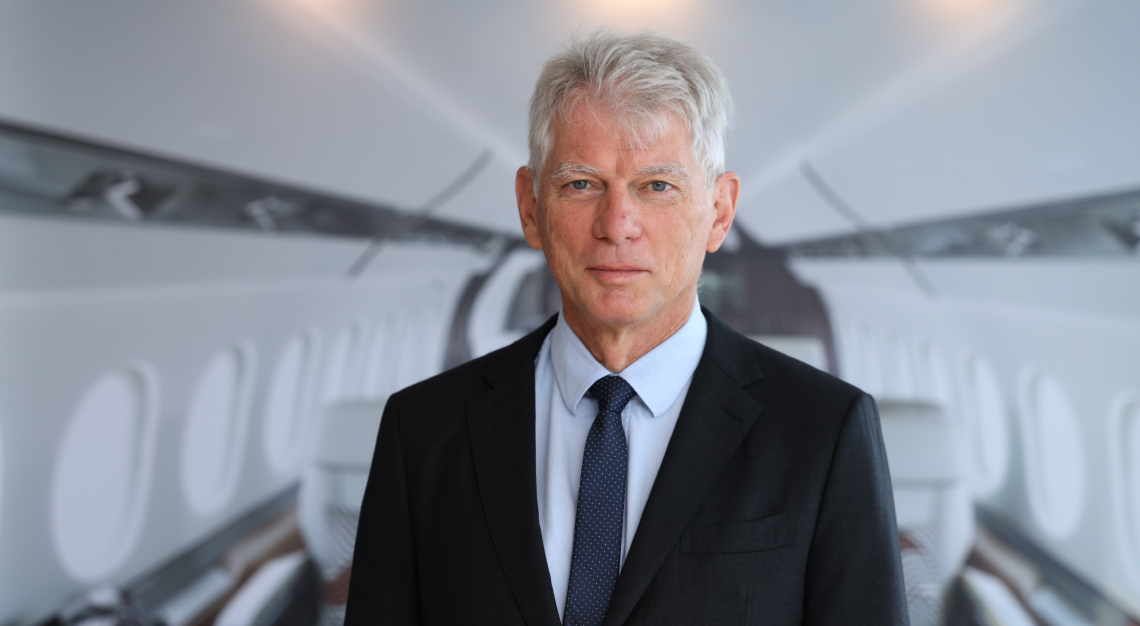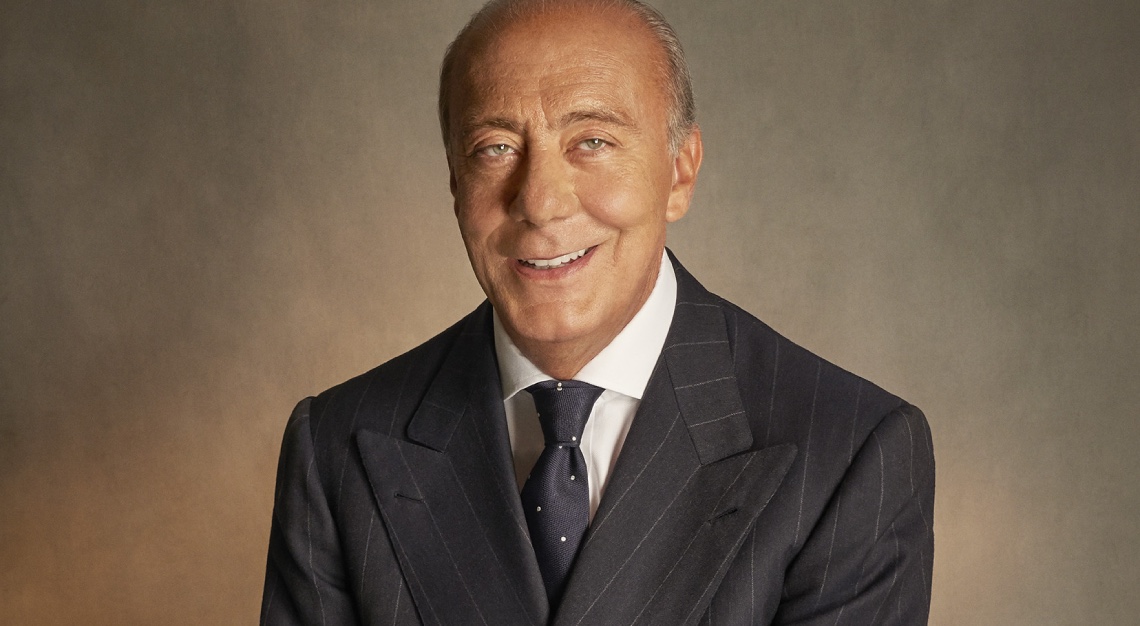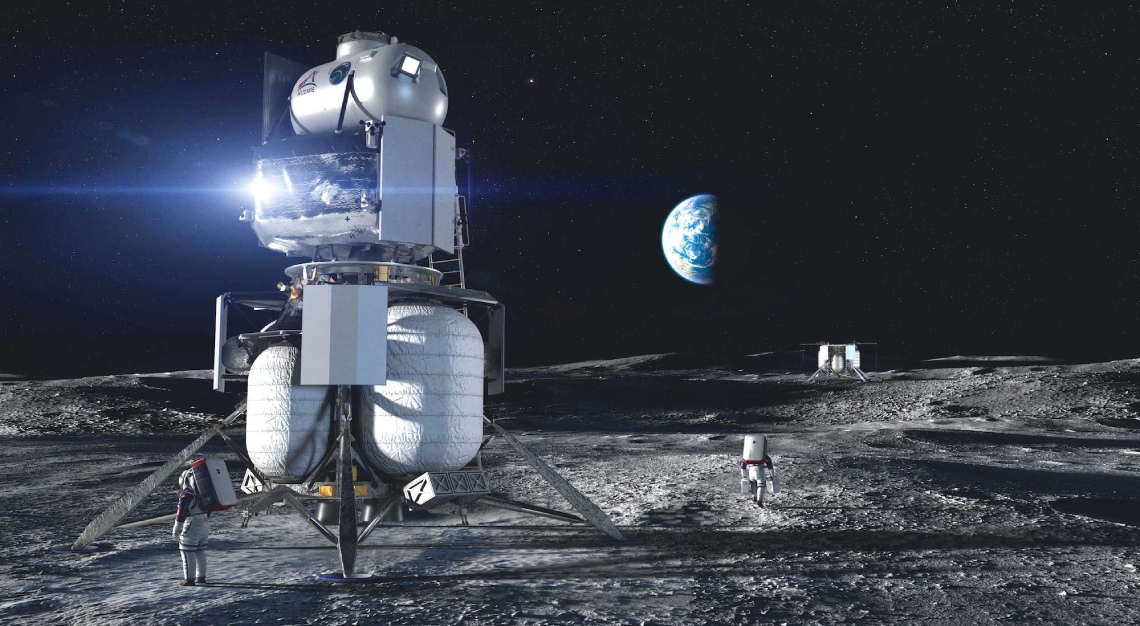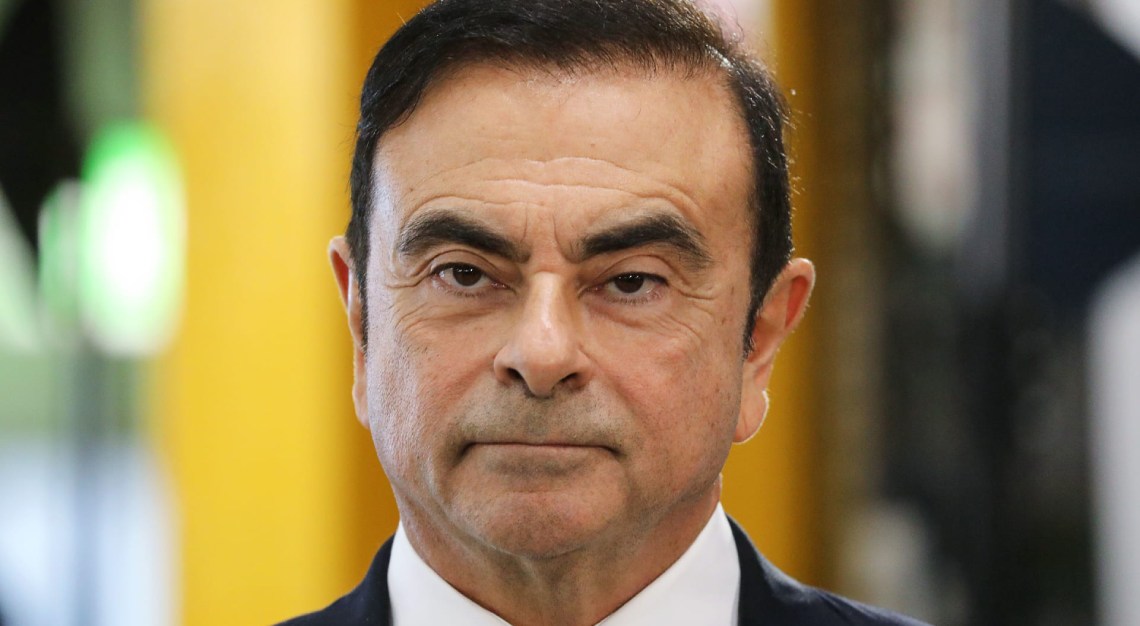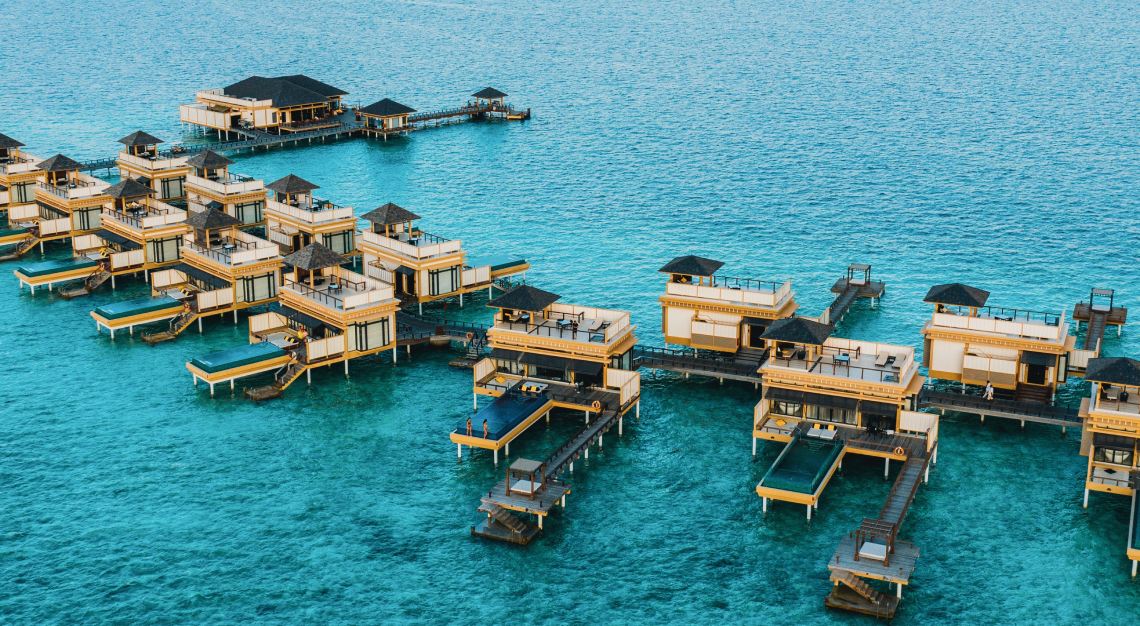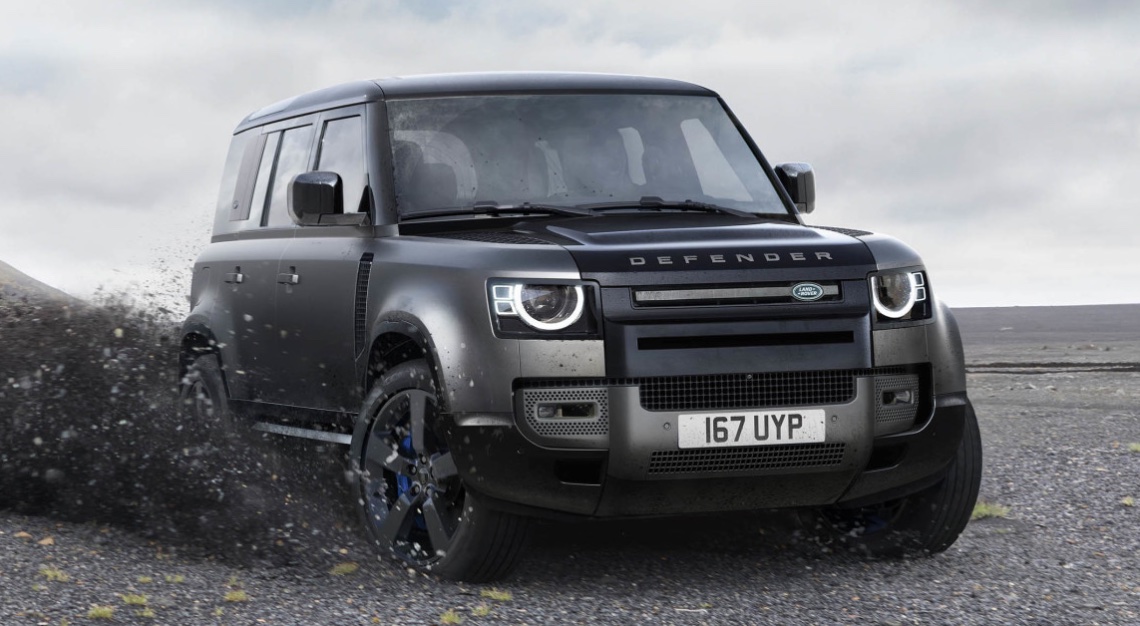Sticking to your guns does pay off, particularly in the case of Dassault Aviation’s presence at the Singapore Airshow 2020
It made headlines for days leading up to the opening; because of COVID-19, more than 50 exhibitors pulled out of the Singapore Airshow 2020 just a few days prior to the start of the biennial event. On the private aviation front, Bombardier, Gulfstream and Textron Aviation (manufacturer of Cessna) announced their withdrawals.
One company, however, stood its ground. Against advice from its headquarters in France, Dassault aviation welcomed owners and VIPs to its chalet and display jets throughout the four-day trade show. “We were advised to pull out too,” says Jean-Michel Jacob, Dassault Aviation’s Asia Pacific president for civil aircraft. “But the team in Asia Pacific managed to convince them (headquarters) that we should be here.”
And the risk paid off, with an increase in guests streaming in and out each day. In between entertaining visitors, we caught up with Jacob to chat about the show, the unveiling of the Falcon 6X and Dassault’s plans to go green.
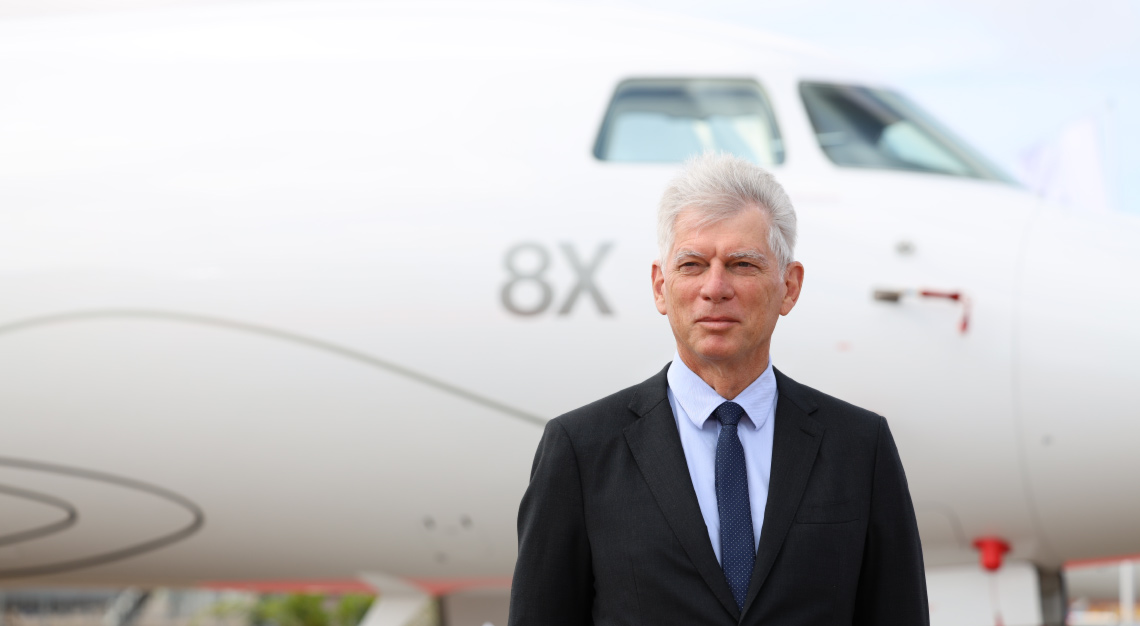
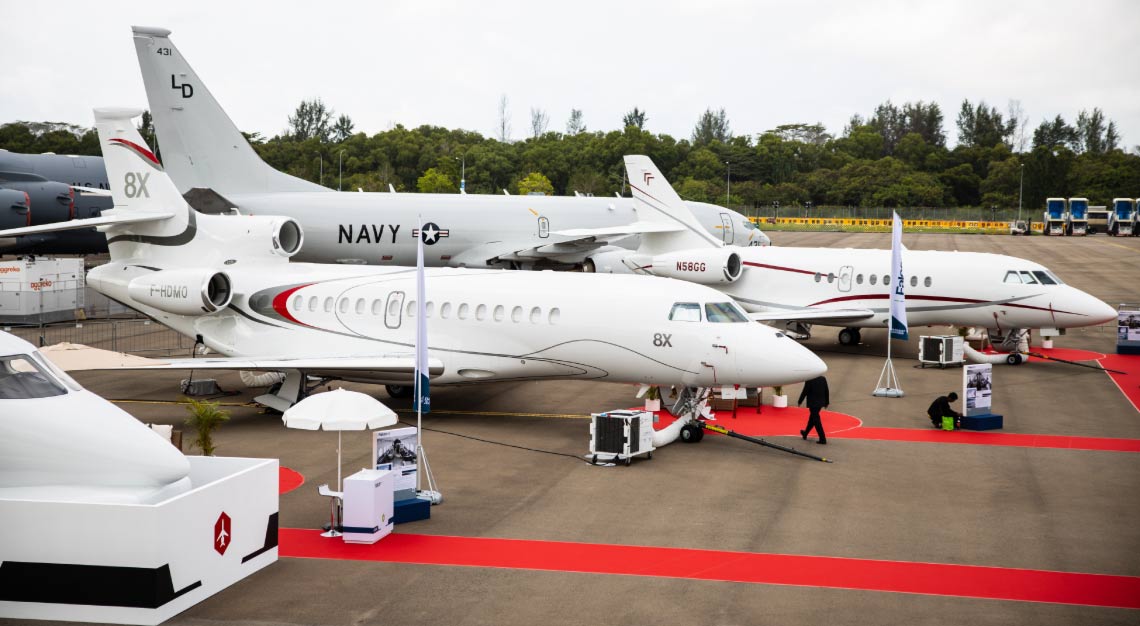
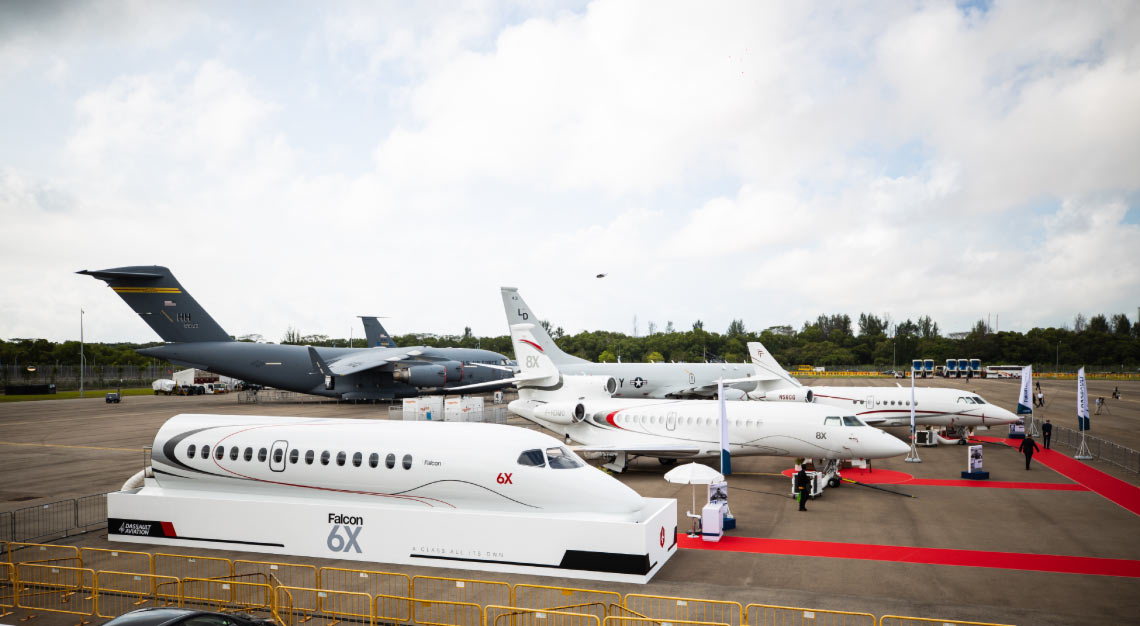
How was the Singapore Airshow?
It was really good. We were surprised at the turnout and had wondered if this would be a big sanitary crisis. But response was great.
You displayed the Falcon 8X and 2000LXS at the show. Which of Dassault’s jets are the most popular in the Asian market?
The most popular aircraft here are the Dassault Falcon 7X and the 8X because of their long-range capabilities. That said, we also see strong interest in the 2000LXS for those who travel regionally.
How many 8Xs has Dassault sold in Asia?
We have sold about 10, with clients from China, Japan, Malaysia, Indonesia and Vietnam. We expect to sell more in these markets. We have also seen a lot of interest in Australia and New Zealand for the Falcon 8X, as these markets need long-range aircraft.
How does the East compare to the West in terms of maturity and growth of markets?
North America and Europe are by far the biggest markets in the world for business jets, accounting for more than 80 per cent of our sales. But these are mature markets.
The fastest growing markets are in Asia and there is still a lot of potential. Many of the large Southeast Asian conglomerates have diversified their portfolios beyond their home market and require business jets.
In some Southeast Asian countries, such as Indonesia, businesspeople have traditionally opted for small- to medium-sized business jets. But as they become accustomed to flying in a business jet, their expectations increase. They are turning to larger jets. We recently sold our first Falcon 8X in Indonesia.
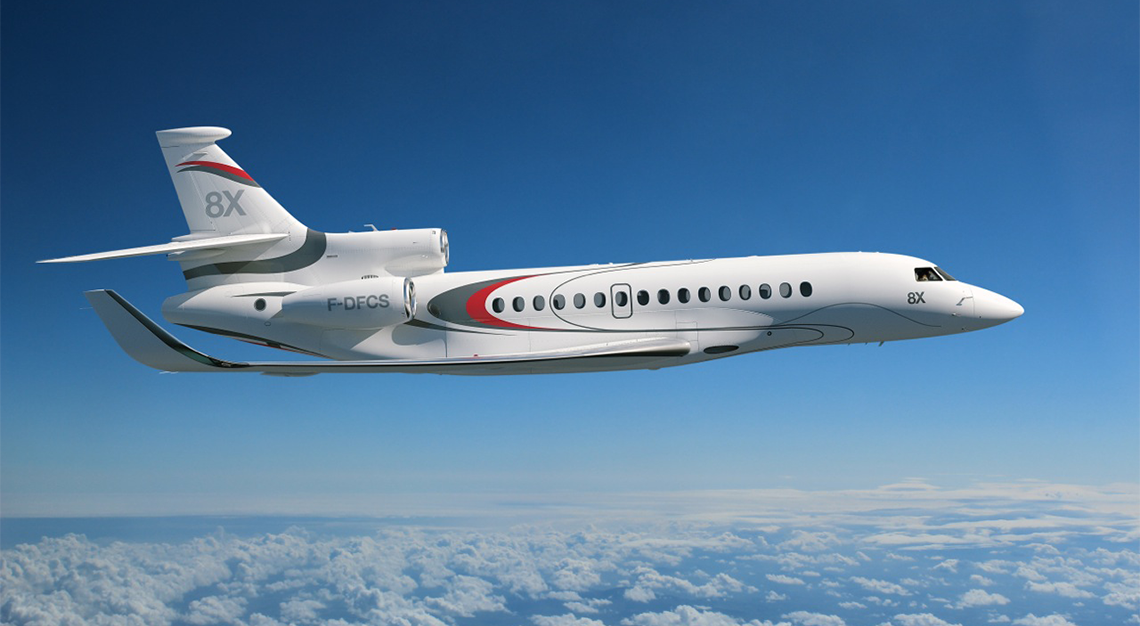
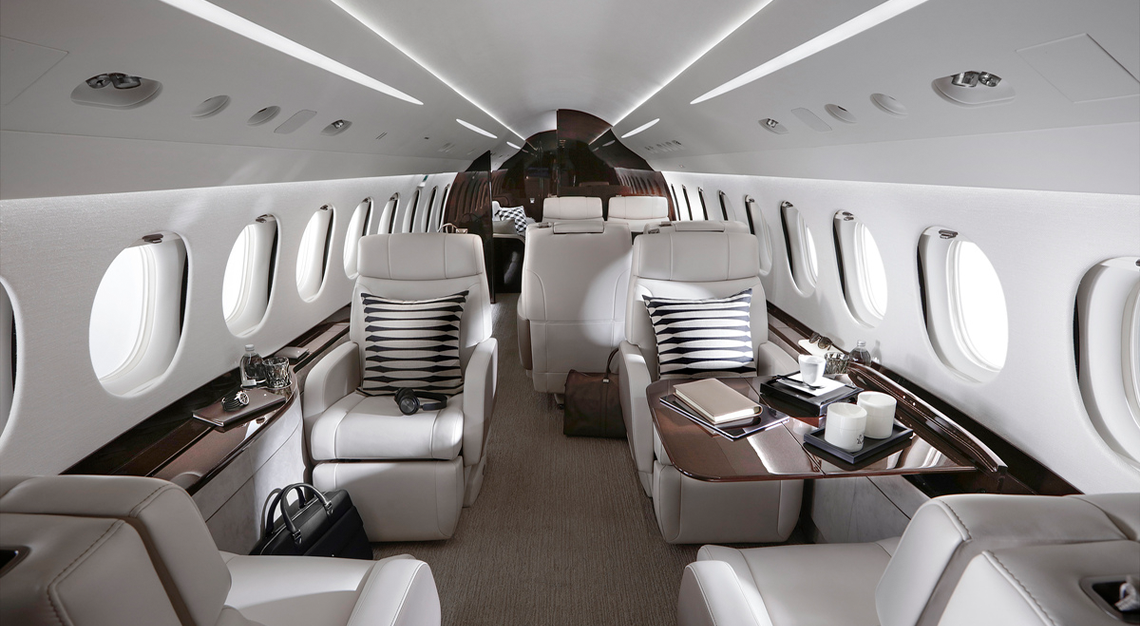
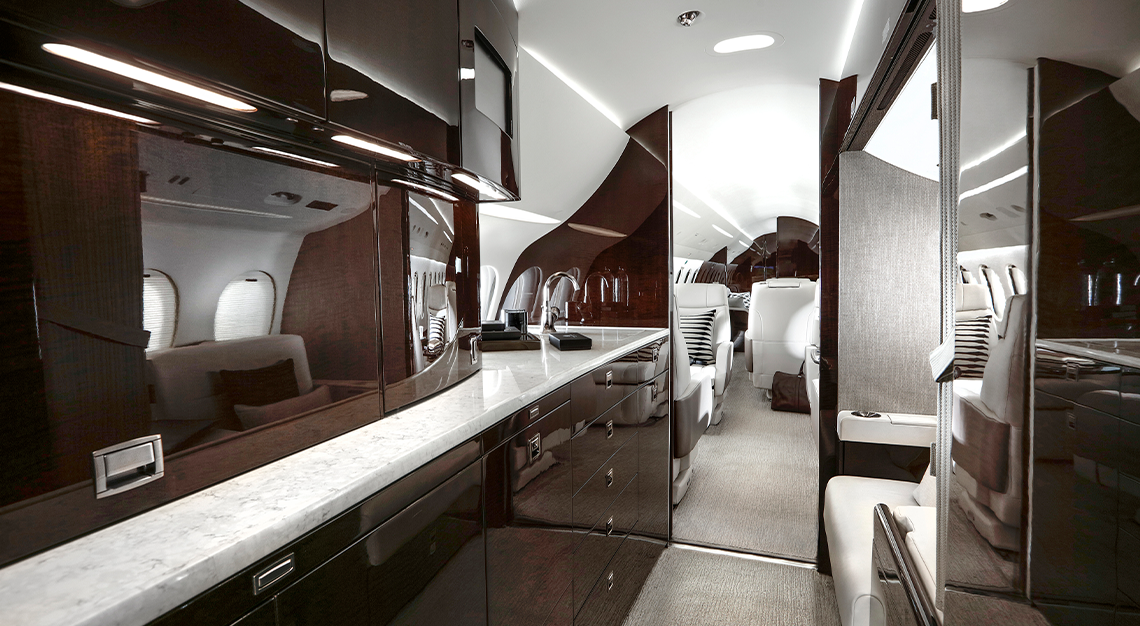
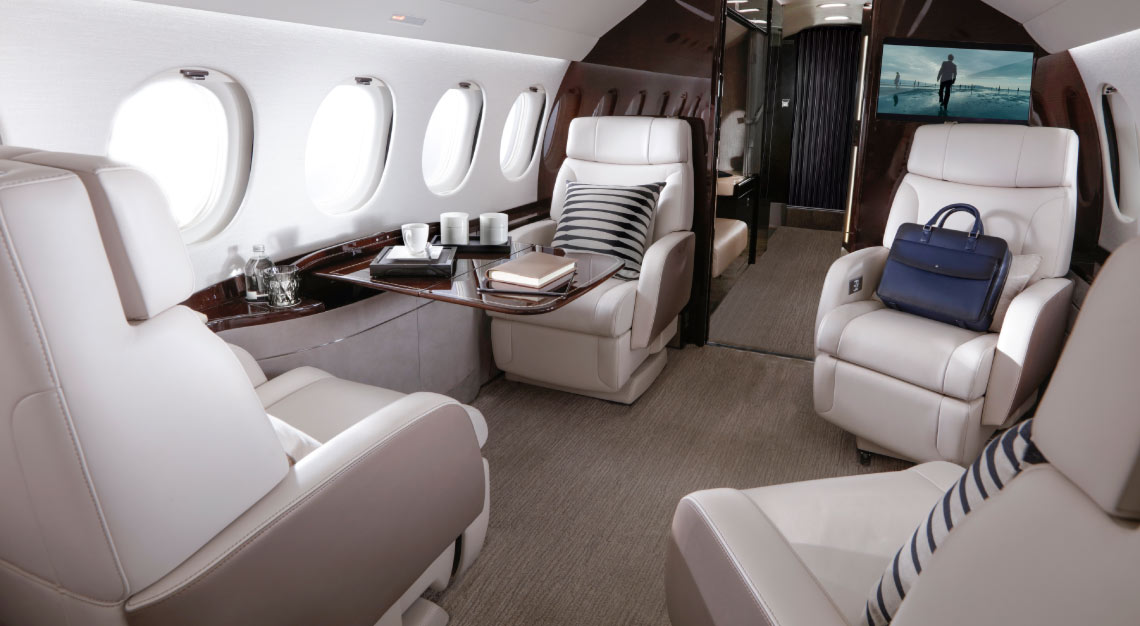
For the past decade, Dassault’s main audience in Asia Pacific has been China. Do you think this will change in the next few years?
The business aviation trend usually follows gross domestic product (GDP). China has the largest economy and GDP in the region, which means it will remain the biggest market. The other markets in Asia are smaller, but these markets are still significant and are growing quite well. We’ve started to shift our focus a bit more to Southeast Asia.
There has been a slump in the Chinese business jet market in recent years. Have you seen the same pattern in Asia Pacific?
The pattern in China is different to the rest of Asia because the buying behaviour in China is greatly affected by the domestic situation in the country. The Southeast Asian business aviation markets continue to grow strongly. Across Southeast Asia, the size of the business jet fleet in each country is growing by five to 10 per cent. For example, the business jet fleet in Singapore last year grew 10 per cent to 57; Malaysia increased by five per cent to 63, and Indonesia went up by seven per cent to 46.
How big is Singapore’s market for Dassault?
Singapore is significant because it is a hub for the region. We’re not talking just about the citizens, but also businessmen from around the region – such as China, Malaysia and Indonesia – who have settled here and want their own aircraft. Last year, we sold one new Falcon 2000 and one pre-owned Falcon 7X in Singapore. The owner of the 2000 flies around the region and occasionally to Europe or North America. But the owner of the 7X flies long-range and to other regions a lot.
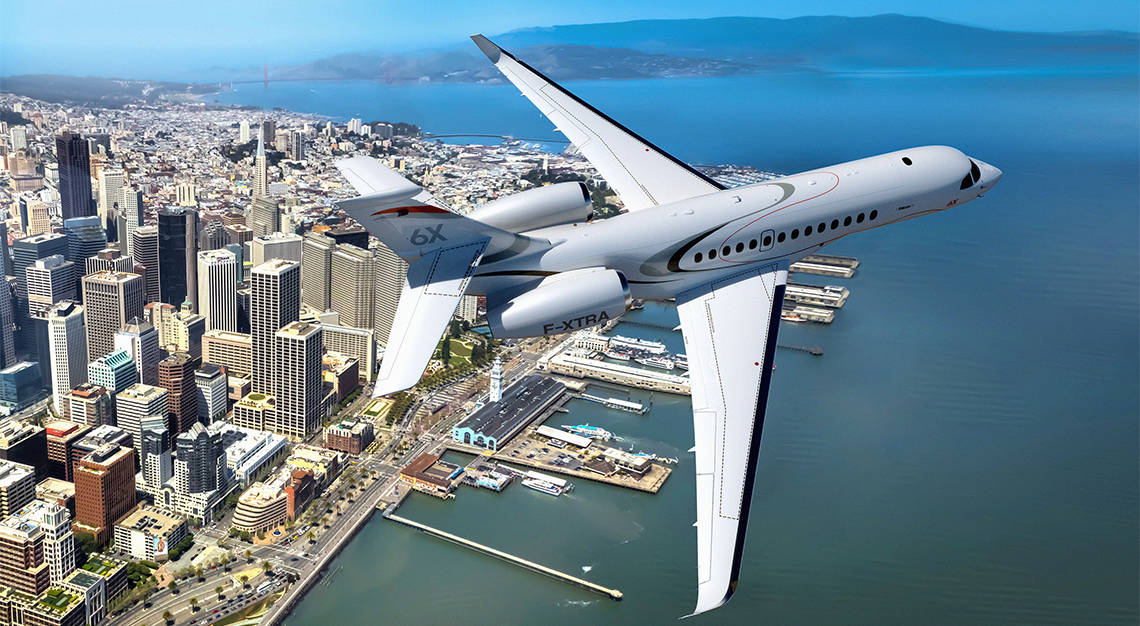
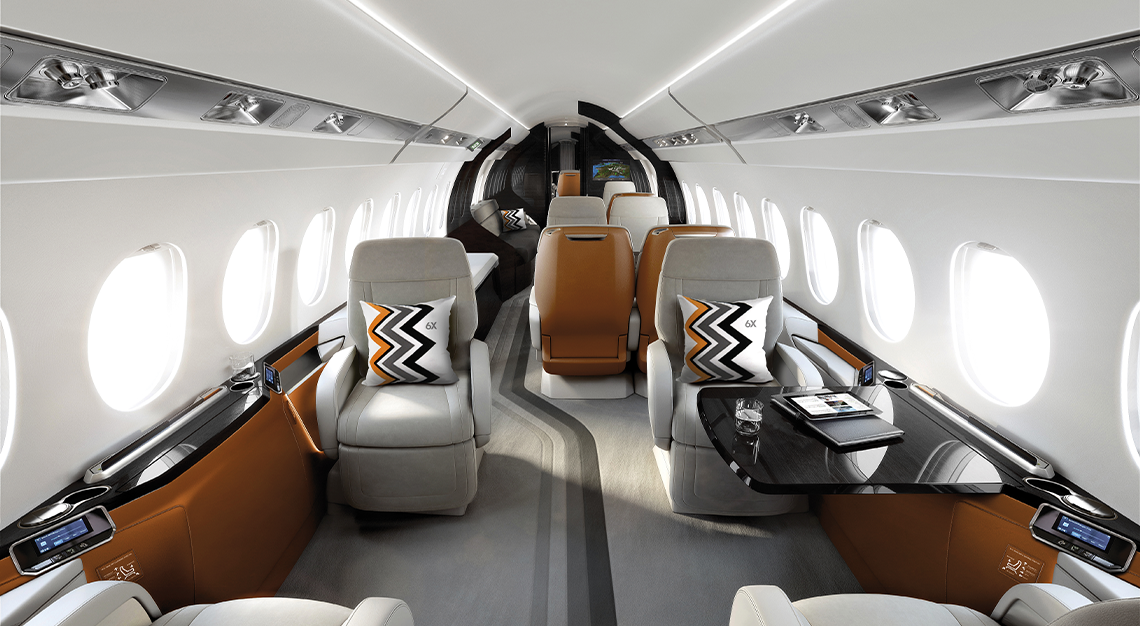
You’ve displayed the mock-up of the Falcon 6X and this is the first time it’s being shown in this region. How is the 6X positioned differently in the market to the 8X?
The 8X is oriented towards long-range capabilities, whereas the 6X capitalises on a new trend in the business aviation market, which is customers’ desire for a larger cabin. The 6X still has a beautiful range – its 5,500-nautical-mile range lets you fly non-stop from Singapore to Cairo – but the key differentiator of the 6X is that it has the largest cabin cross-section of any purpose-built business jet.
Prince Harry was criticised for using a private jet, while Lewis Hamilton sold his and now flies commercial. How is Dassault coping with reports suggesting that private jets have a negative impact on the environment?
We are selling ‘business jets’ and not ‘luxury jets’. People fly on business jets to maximise their time. We see it as an extension of the office; our clients are constantly working on board. The jets have satellite communication for calls and videoconferencing. The aircraft are very comfortable and spacious because when our clients disembark, they need to feel refreshed and be ready for work. Additionally, if you need to attend three meetings in a day in three cities in China, you can do that with a business jet, but you can’t if you are flying on a commercial aircraft.
What steps is Dassault taking to make its jets more environmentally friendly or sustainable? Is the latter a possibility?
We’re constantly optimising the design of the aircraft to make it more aerodynamic and lighter, as an increase in weight equates to an increase in fuel burn. Take, for example, the Falcon 8X, which can fly at 51,000ft. At such an altitude, you fly above the bad weather that people on the ground are subject to and burn less fuel because the air is thinner.
It’s also 30 per cent more fuel efficient than its competitors in the ultra-long-range segment and lighter than its competitors, with a maximum take-off weight (MTOW) of 73,000lbs, compared to others with an MTOW of around 100,000lbs. The lesser the fuel burn, the lesser the CO2 emissions too. We also work very closely with our engine makers to achieve additional fuel savings. In addition, Falcon aircraft are certified to use sustainable alternative jet fuel, which is primarily made from non-petroleum sources.
This story first appeared in the March 2020 issue, which you may purchase as a hard or digital copy.
